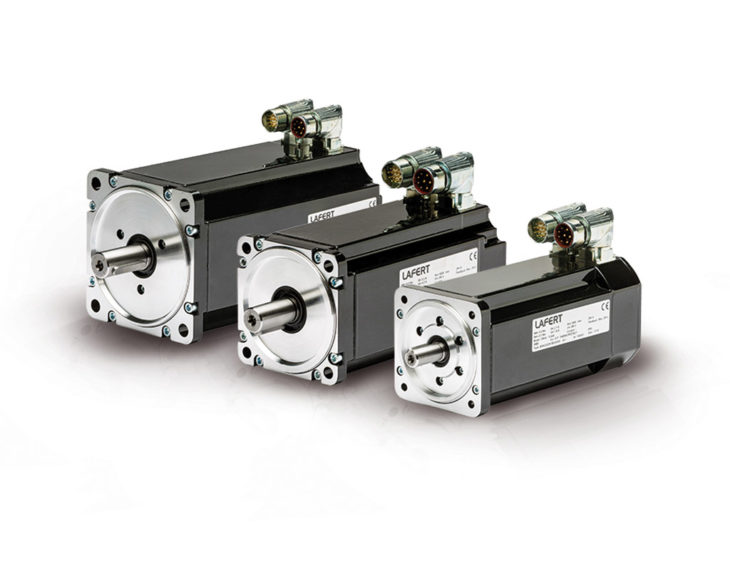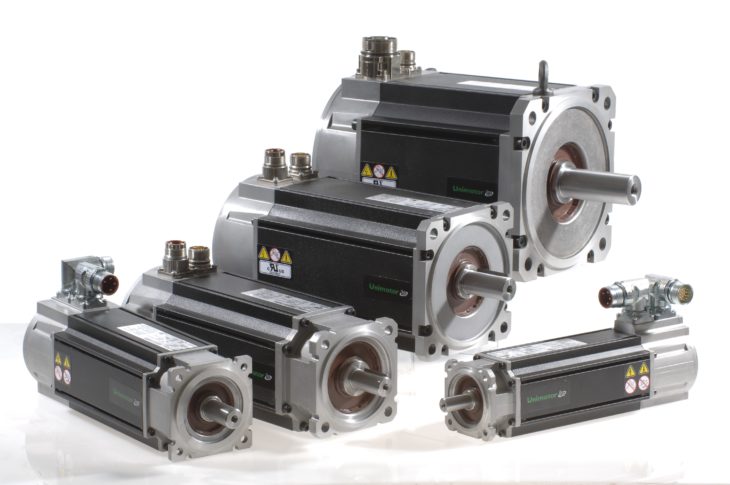To choose the right motor for your servo application needs a lot of knowledge so you can determine the demands of your system. You must first know some basic values such as root mean square or RMS, what are the maximum velocity and acceleration it can withstand, its peak torque values and a lot of other demands that we do not have to number right now as you probably already know them.
If you are new to this whole process of choosing your next servo drive you probably think that the only thing you need to match the drive voltage and the current output of the servo with the motor. This is not true as a lot of things can influence the performance of the servo drive, so if you want your motor to work at its full potential you will have to consider these factors.
Contents
What type of motor should you pair with your servo drive?
Any motor that has a closed-loop system can be combined with a servo drive, however, if you want the most out of your servo you should combine it with a synchronous AC motor or brushless DC motor.

Source: lafert
Consider the voltages
The number one priority when it comes to compatibility between motors and servo drives is their voltages. Before you buy a servo drive, you will first have to find out the drive’s peak current, how much voltage it can handle and it continues current. After you know all of the specifications of the servo drive you can then decide if it will be enough to power the motor.
A lot of manufacturers usually like to define all the possible combinations of motor and drive and their potential performance since they are both very co-dependent.
If you are looking for a place that offers servo drives and motors that can reach speeds of zero to 6000 in a minute, we recommend that you check out www.ghv.de.
Why digital ones are superior over analog ones
It used to be that you would have to manually tune your drive by inputting the correct parameters. However, that is the past as the new and digital drives can be easily tuned through the proper software. This practicality of digital drives can save you both on time and money.
Digital drives can also manage a lot more complex or high-level functionality. The digital one’s cal also monitors all the internal functions, whether there are any problems, report any errors and give you detailed information about the errors and how you could fix them.

Source: acim.nidec
Consider getting feedback for the servo drive
Most of these high-end drives and motors have an encoder that can provide feedback to the drive. These are not obligatory, although if you want your new servo drive to give you information about any errors that are happening with the motor’s torque or velocity. You also have to consider the fact that the drive you purchased needs to be compatible with the signals of the encored or the resolver if you want it to have proper communication with it.
